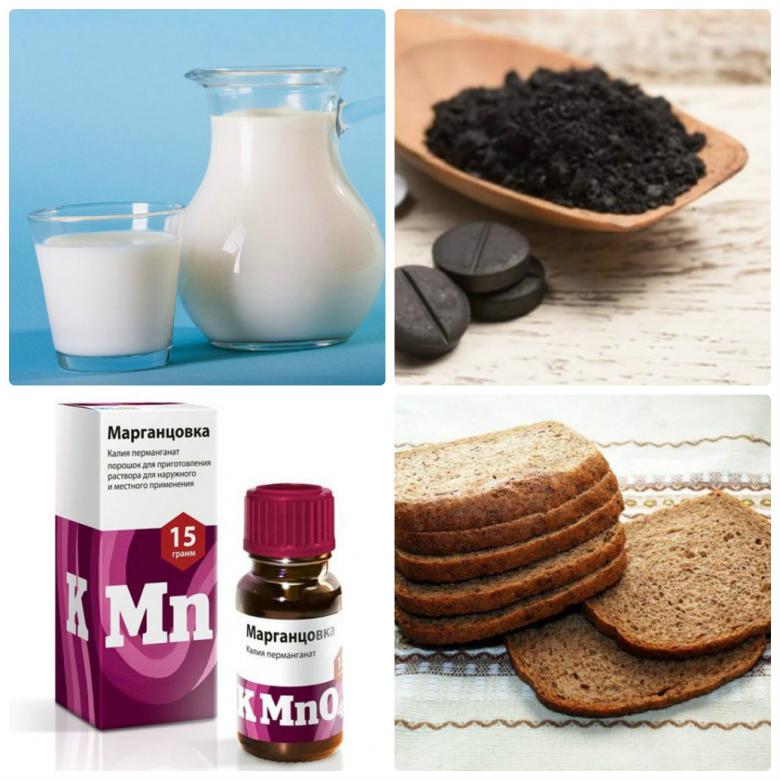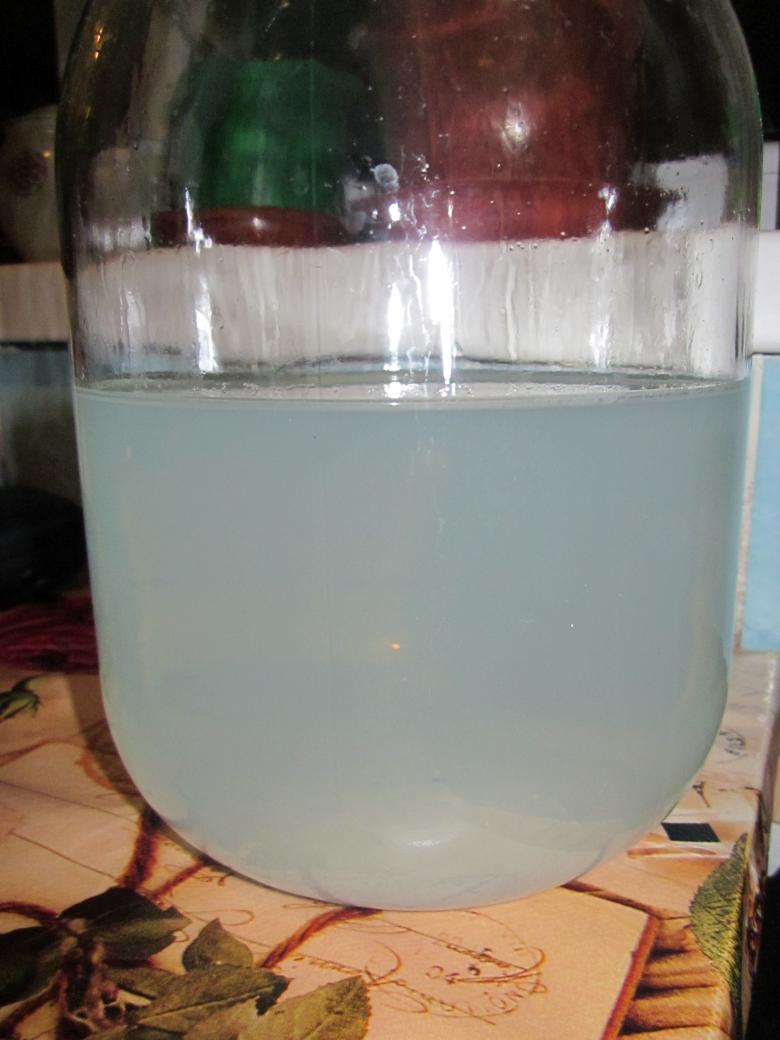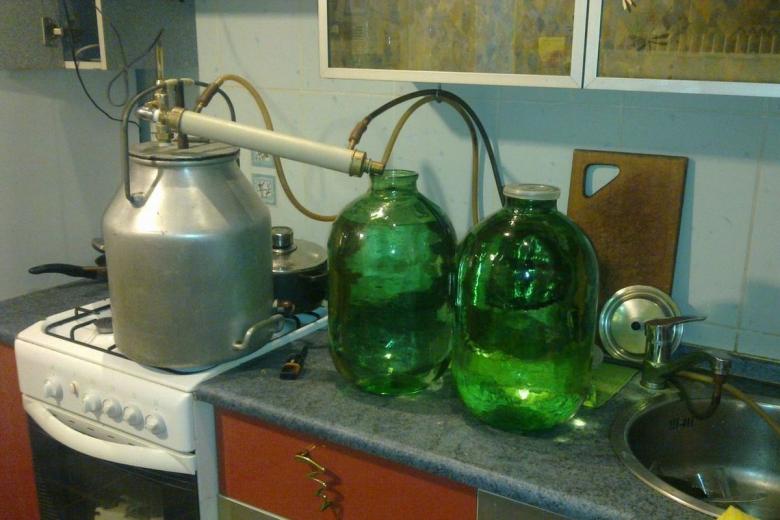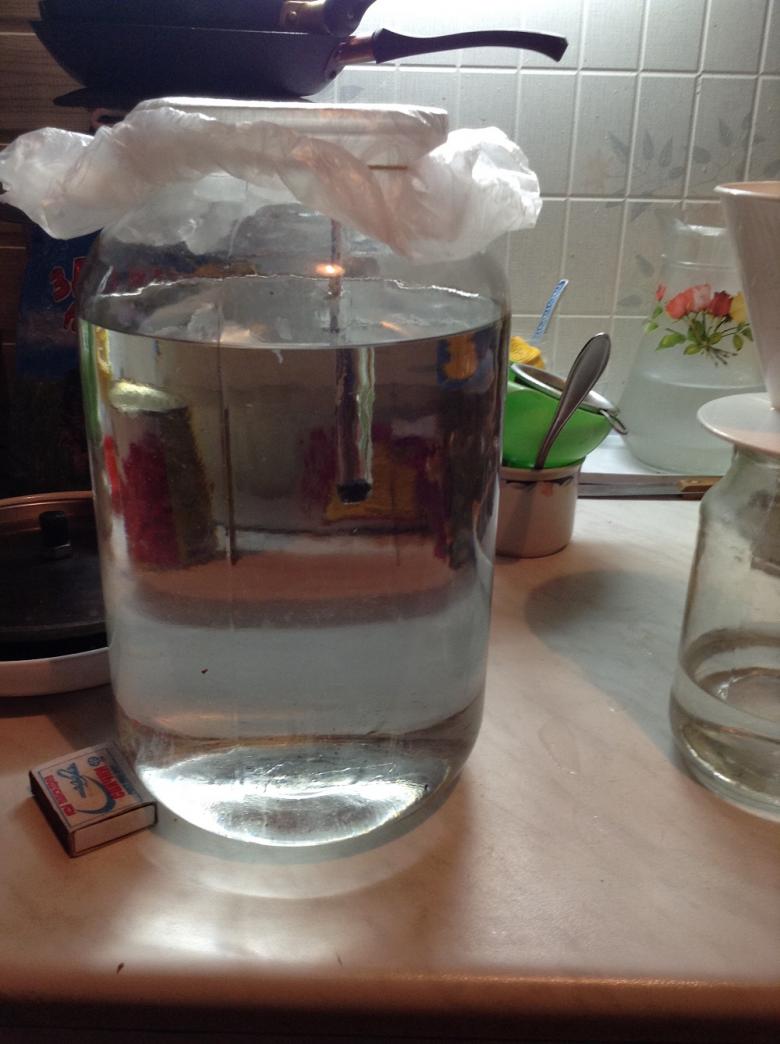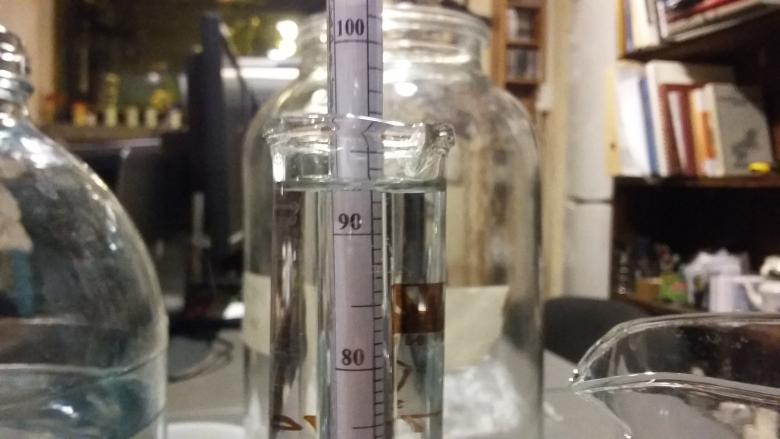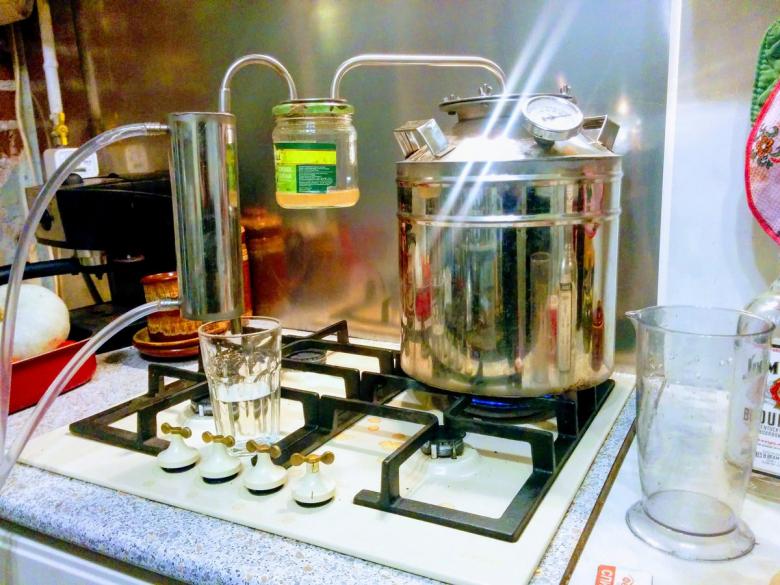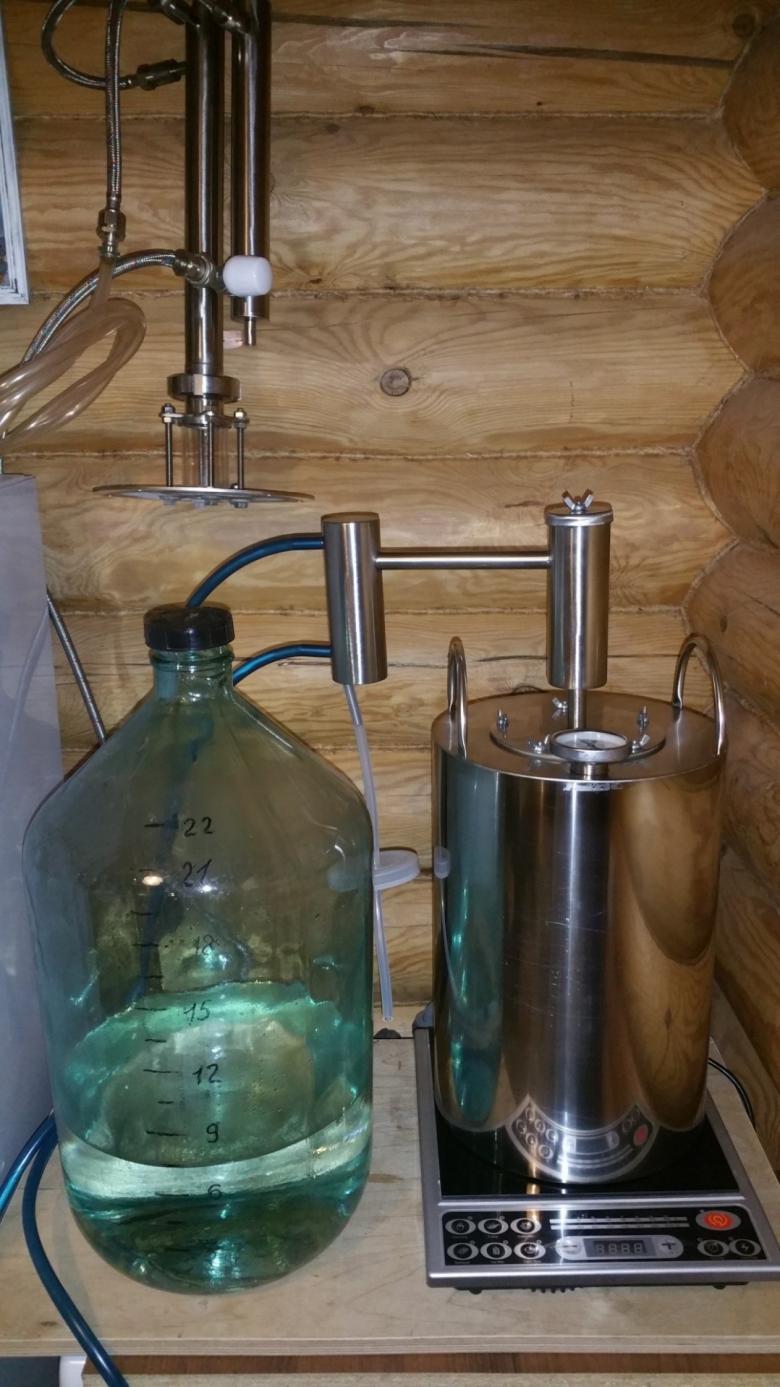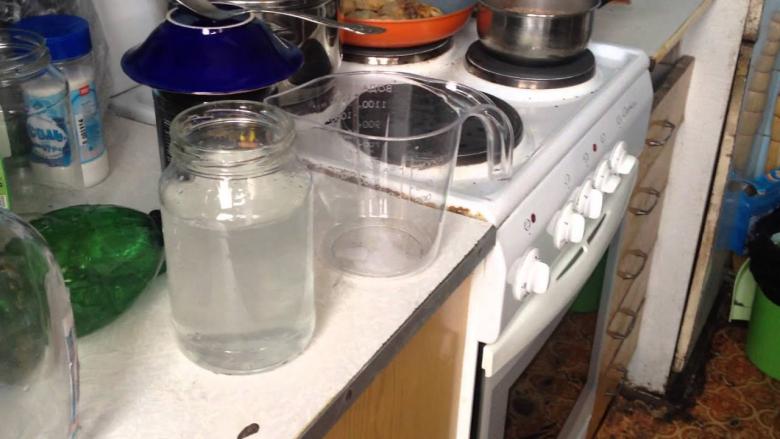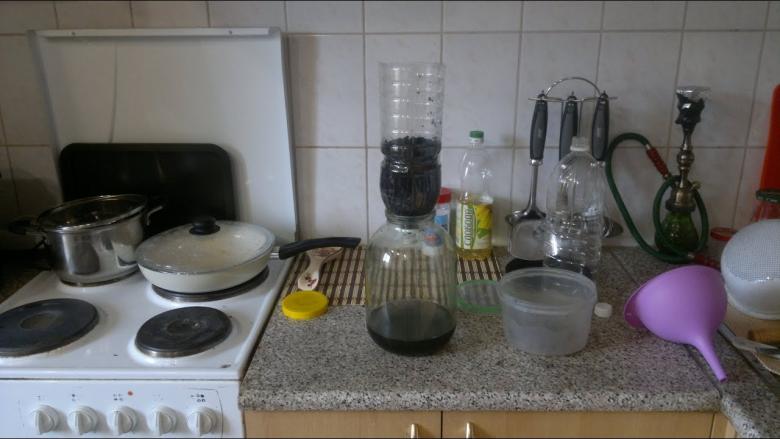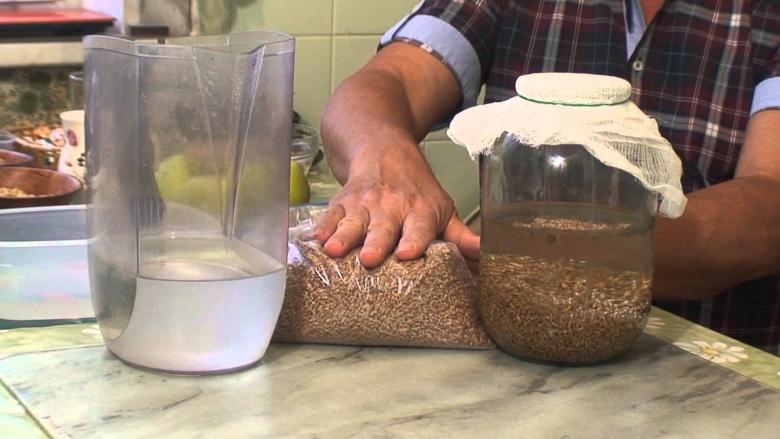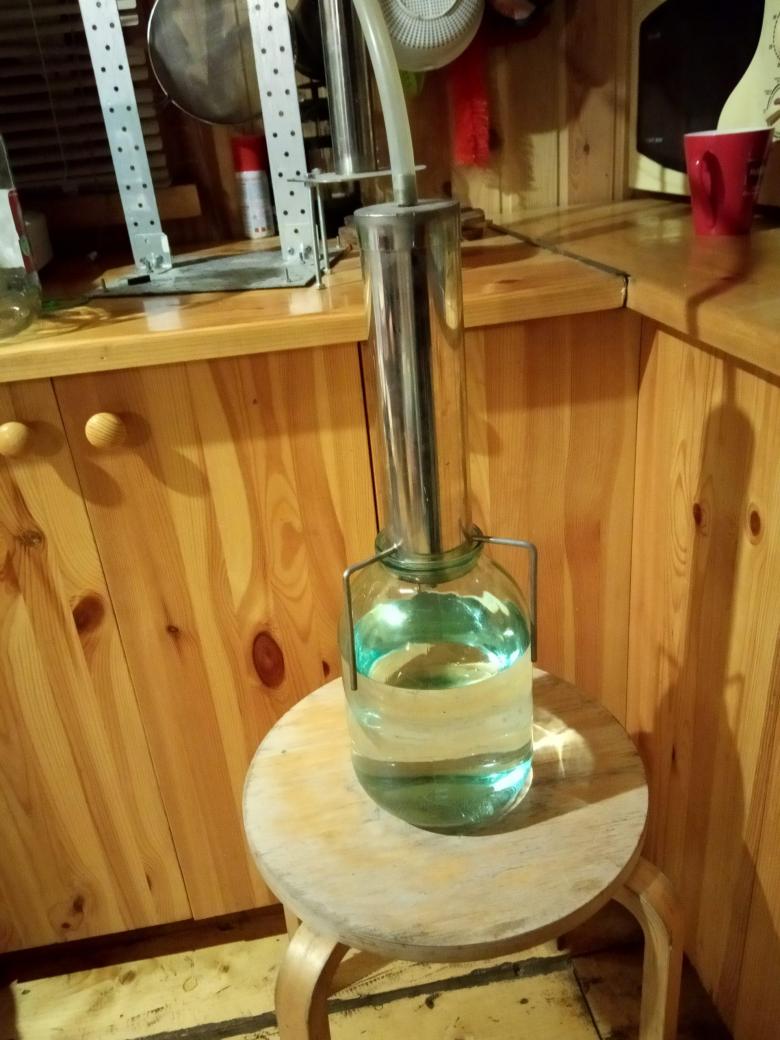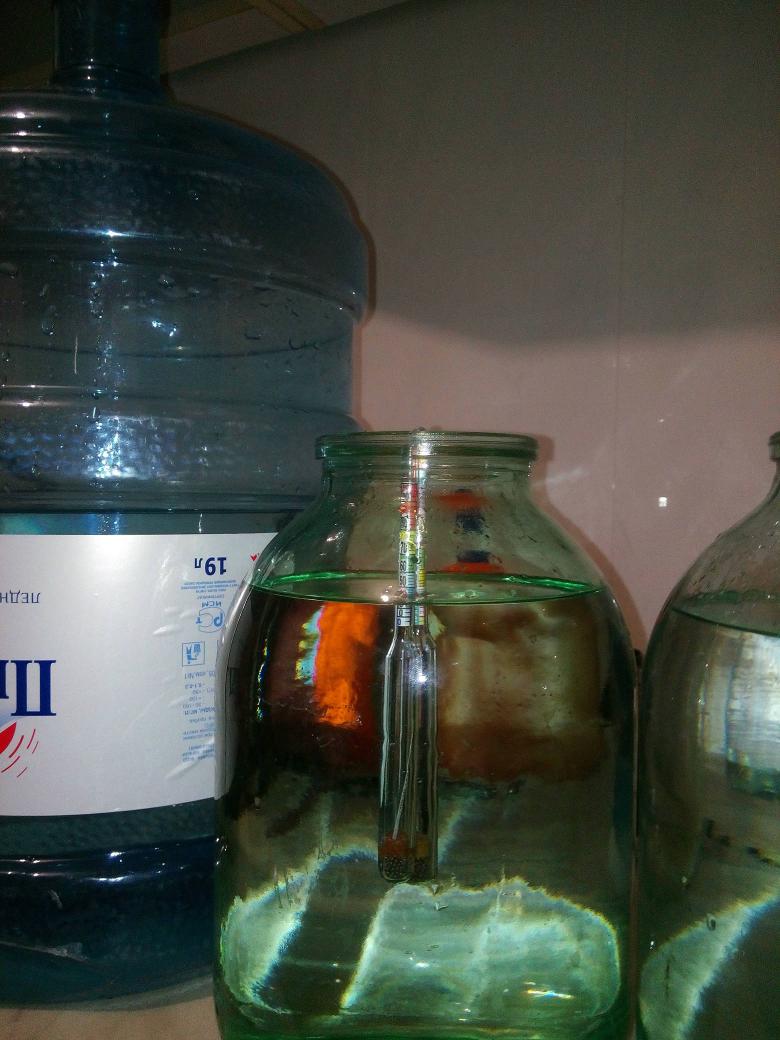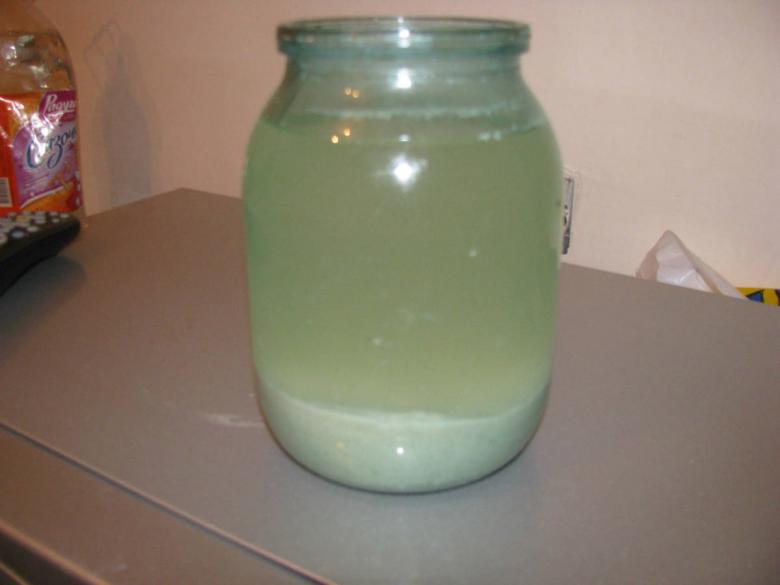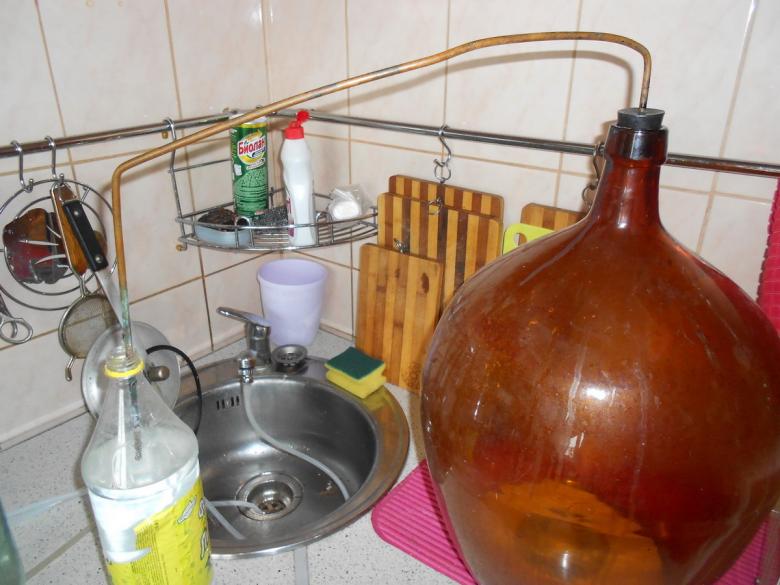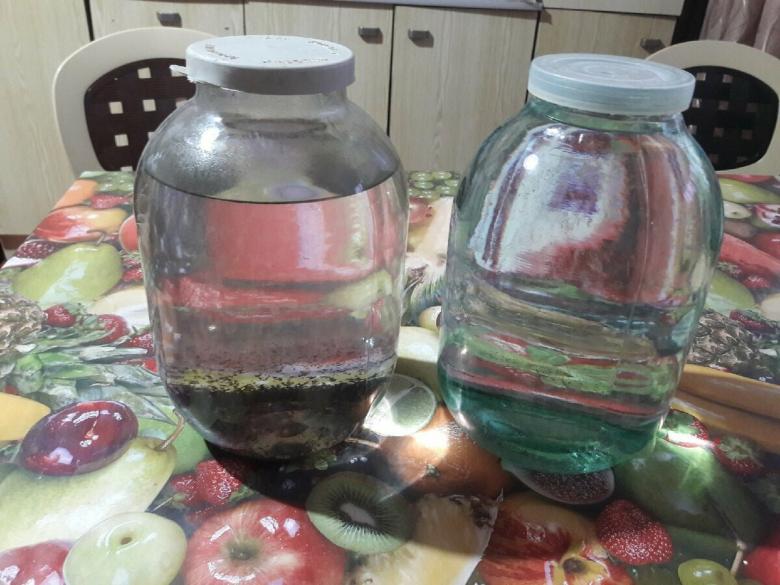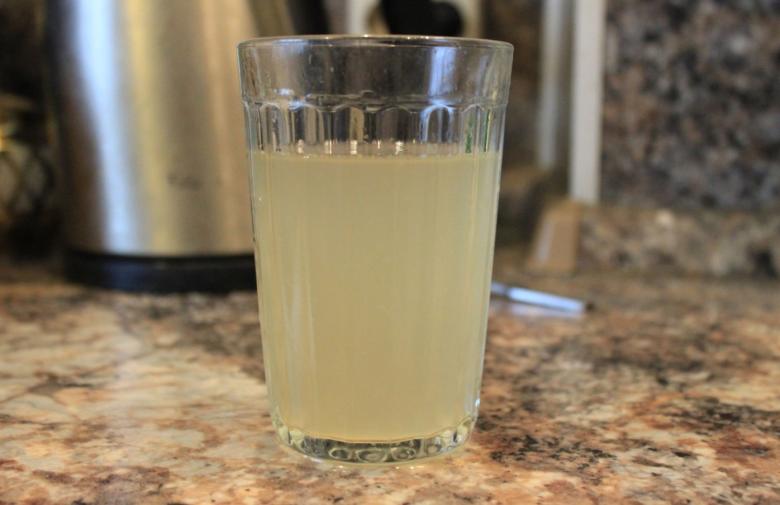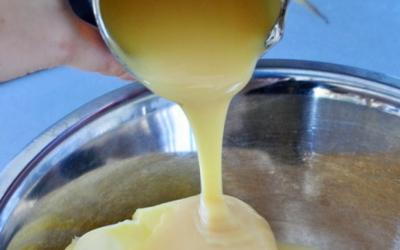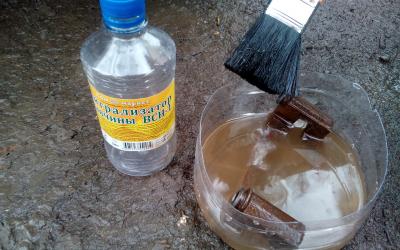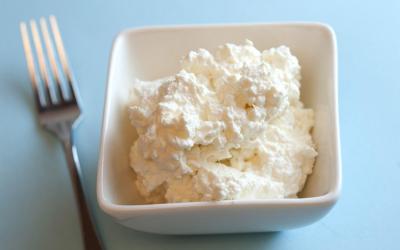How to clear home moonshine from distillery oils and smell with the help of coal, milk , manganese dioxide
Many people are afraid of the appearance of the oils, but with them all is not so simple. They represent "the soul of the alcoholic beverage" because they form the taste, aroma, color and duration or absence of hangover.
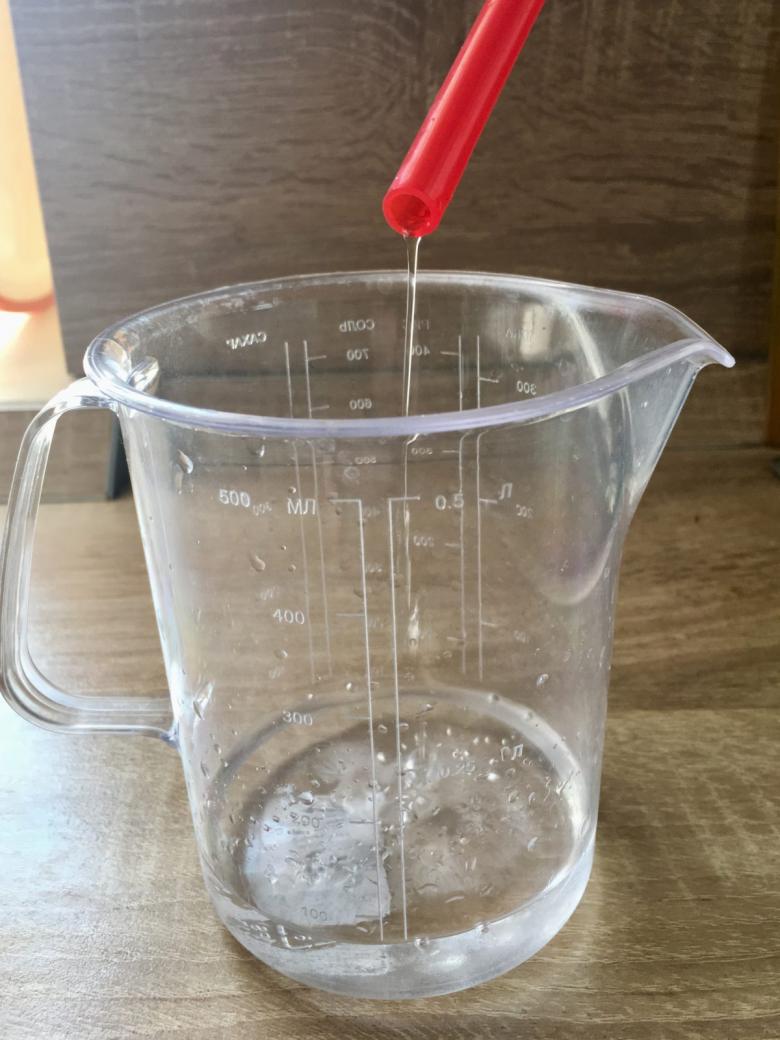
That is why a small portion is useful, but for everything to be in moderation it is necessary to know how to clean moonshine. It is this process that will get rid of undesirable consequences and provide the desired effect of alcohol.

How to detect the oil from the distiller's vinegar?
They are distinguished by oily spots of light, yellow, red or brown color, or a combination of these. They give off a stinky odor. They result from the side fermentation of alcohol or additional raw materials: sugar, fruit, starch. Found in all alcoholic beverages on the basis of different concentrations. But in pure rectified spirit they are not present.
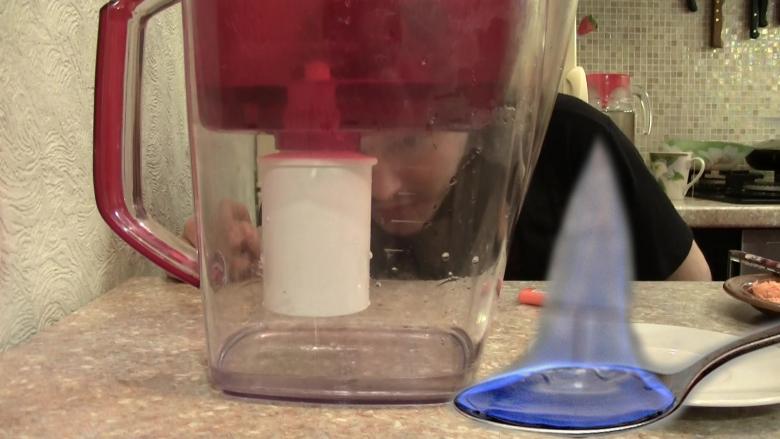
At home, you need to take a spoonful of fresh moonshine and light it with a match. If there is a residue in the spoon that has a bad aroma, it means that the distillery has been detected. This substance can be easily separated by distillation on the basis of the dry evaporator of the distillation apparatus.
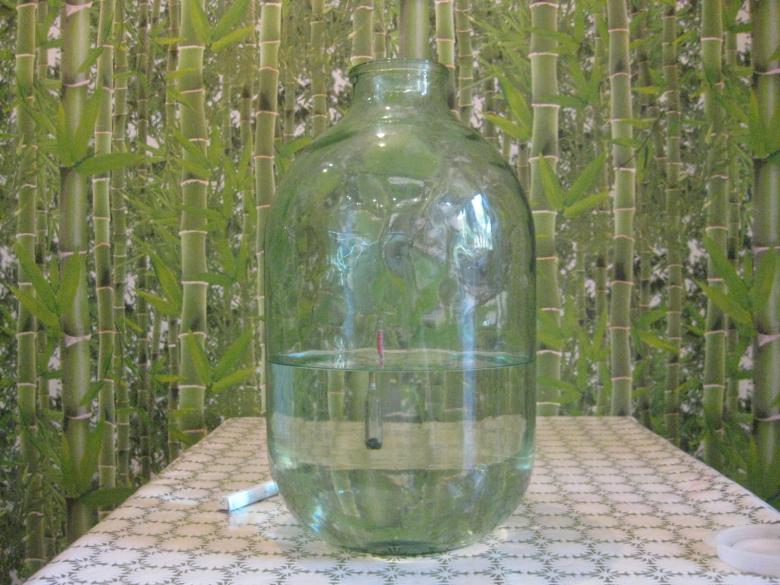
Purification with activated carbon
If there is too much distillery, then how to purify moonshine to avoid unpleasant consequences? To do this, you can use many methods. The simplest one is the use of oak or coconut charcoal. It is suitable for moonshine with a degree not more than 55%.
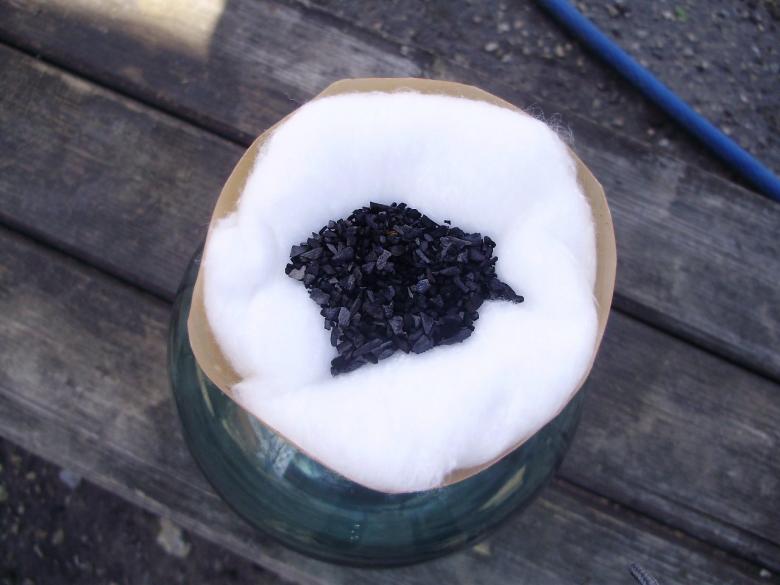
A tablespoon of charcoal is used per liter. Every day the container is shaken. On the third day, the formation of sediment at the bottom is expected, so it is recommended to use a transparent jar. Alcohol is filtered through a cotton swab, and there will be no liquor.
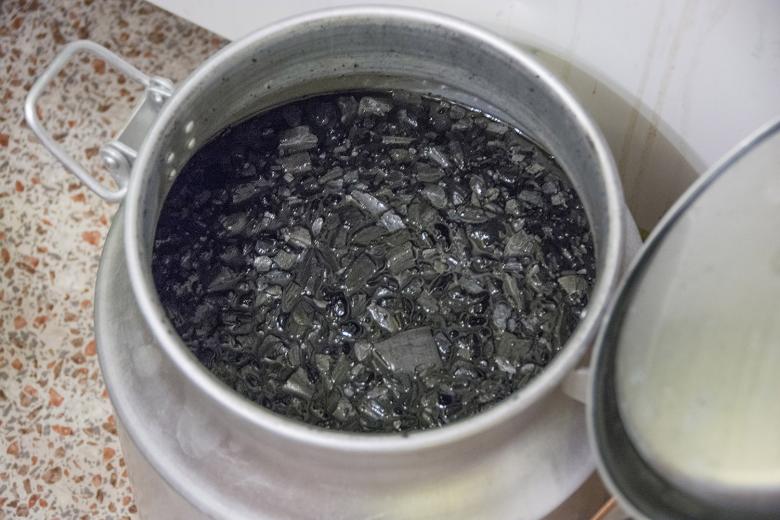
This is a guarantee of a quality product, even if you do not have to do the cleaning. This ensures a quality product even in the case of distillation thanks to simple equipment. To do this during fermentation and after it is added vinoflok. This will get rid of distillery impurities. The liquor becomes transparent, without acid, and the efficiency at the output is guaranteed to increase. You will not need a copper apparatus for distilling grain or fruit jams.
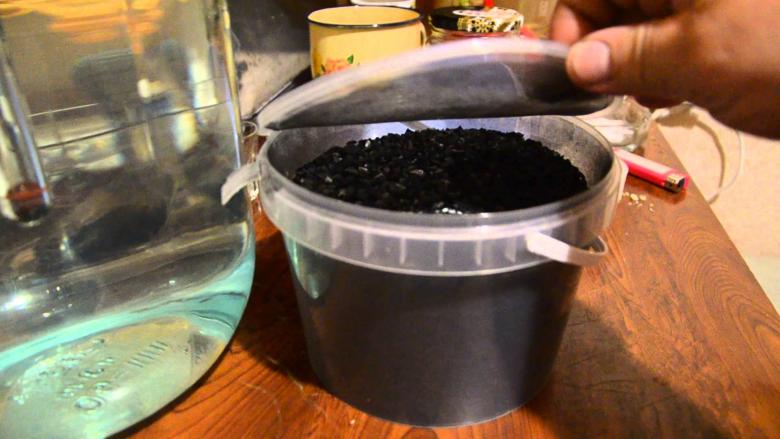
But there are birch, apothecary, and charcoal versions. All of them are good in their own way, and can provide purification of up to 86% from sivukha and up to 92% from complex ether compounds.
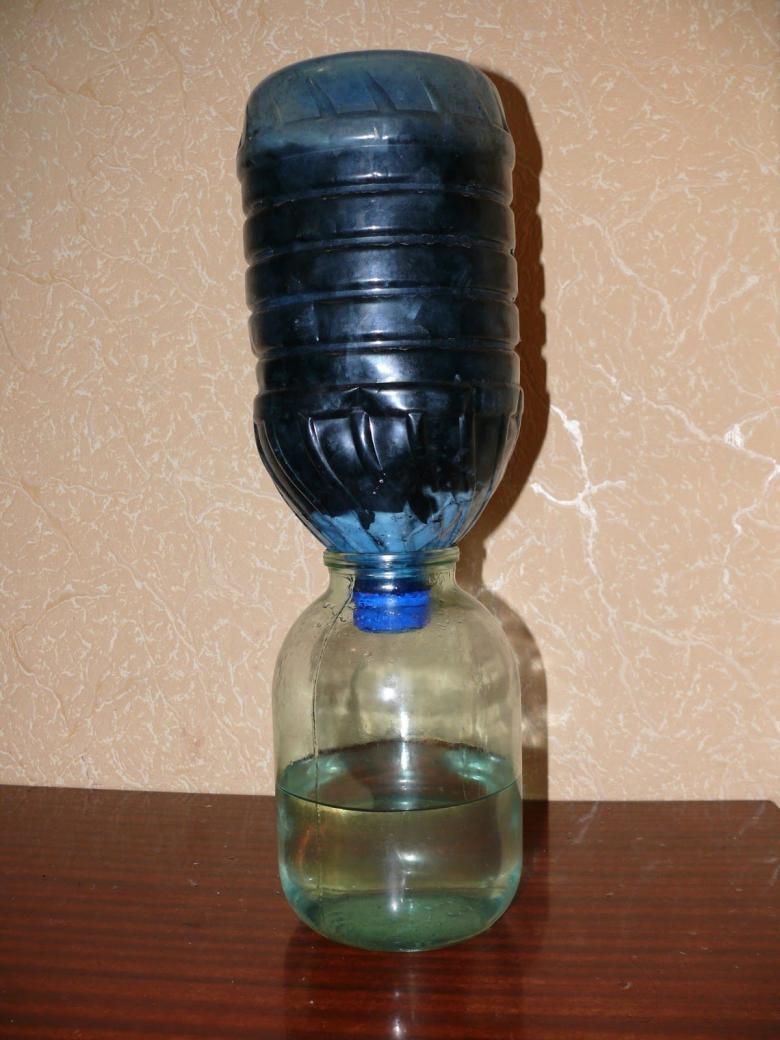
In any case, the method of application is almost identical, so it should be clear how to purify moonshine with activated charcoal on the basis of the considered example. However, it should be noted that esters may get into the final product in case of using additional raw materials after the distillation process. It may be berries or fruits.

Purification of moonshine with manganese
Many people think that moonshine contains dangerous liquor and may be mysterious esters. But it is not so, it often forms acetic aldehyde, methyl, amyl alcohol, formic or acetic acid. But this is not a complete list of dangerous content of poor-quality alcohol that can harm digestion or provoke mild poisoning. Therefore, at home it is desirable to know how to purify moonshine in a simple way.

Below we will consider how to purify moonshine with manganese, because this reagent is in every home. It is sold everywhere and is not expensive. Externally it consists of crystals of dark purple color, which as a result of contact with the liquid form a specific crimson color.

Important: Before you start using manganese, you must make sure that the degree of source does not exceed 35-45%. Otherwise it must be diluted. It is allowed to purify only cooled moonshine. To do this, it is left to stand for 24 hours.
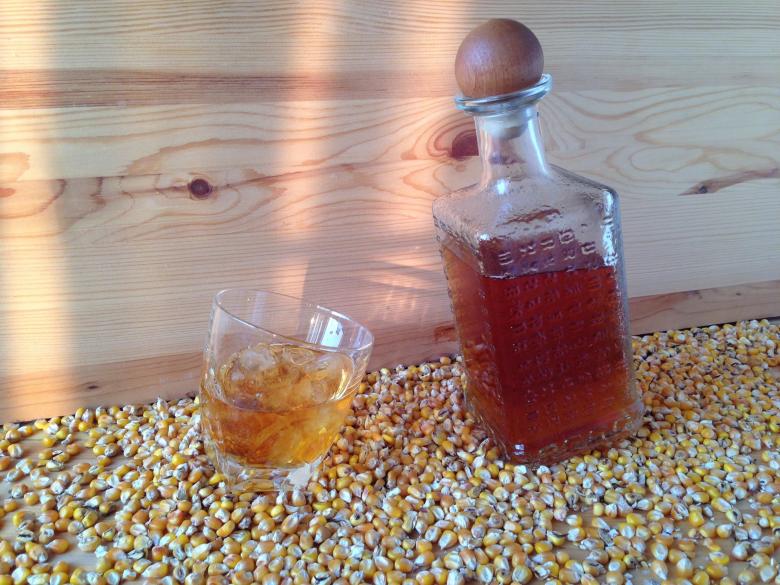
The purification process will not require any special knowledge. Powder of manganese is poured into the distillate. But simple rules must be followed:
- The powder is mixed with moonshine and sent to a dark place;
- After 10-12 hours the moonshine will change color;
- A pale pink hue will appear;
- A sediment will form, based on harmful substances and liquor.
- It's time for filtration:
- A filter is used to purify the water;
- The cartridge contains a mixture of carbon powder, ionizing resins. They absorb or, retain the hazardous substances associated with manganese.
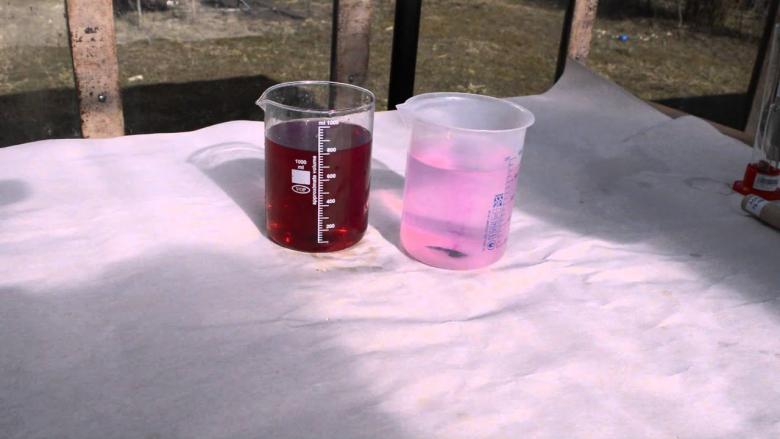
It is very simple, but it does not guarantee a 100% result, because manganese itself could cause the formation of other dangerous substances, such as manganese oxide or acetic aldehyde. That is why experienced moonshiners advise to use additional methods of purification. But the alcohol will gain a transparent color, soft taste, without the presence of an unpleasant odor.
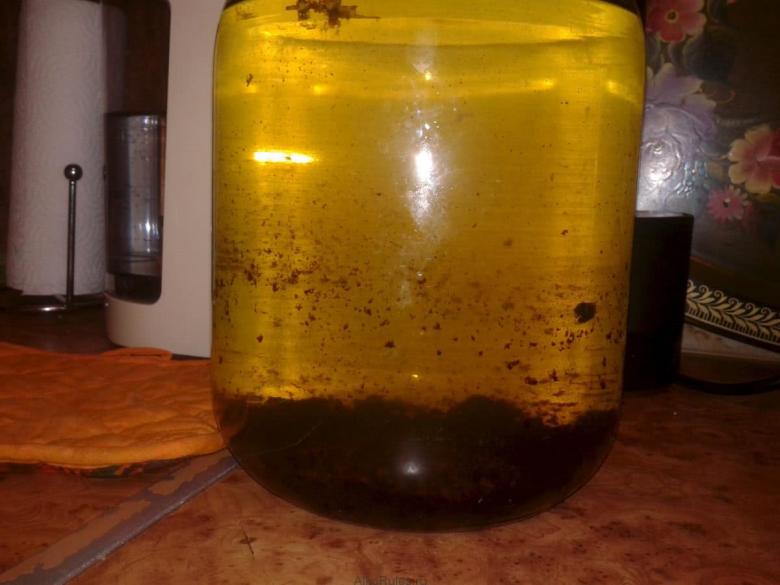
Purification of moonshine thanks to milk
Milk purification of moonshine is carried out due to the fact that it absorbs the distillate, and other sediments settle to the bottom and are accordingly removed. Milk is an environmentally friendly purifier. The method is considered safe because it does not create additional contamination.
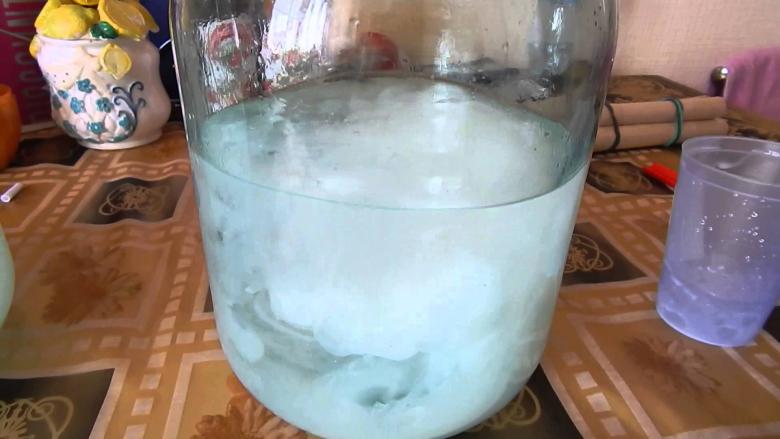
The cleaning process is based on the special composition of milk protein from casein and albumin. They are able to bind hazardous substances, the liquor. However, the fatty milk gives the moonshine extra turbidity.
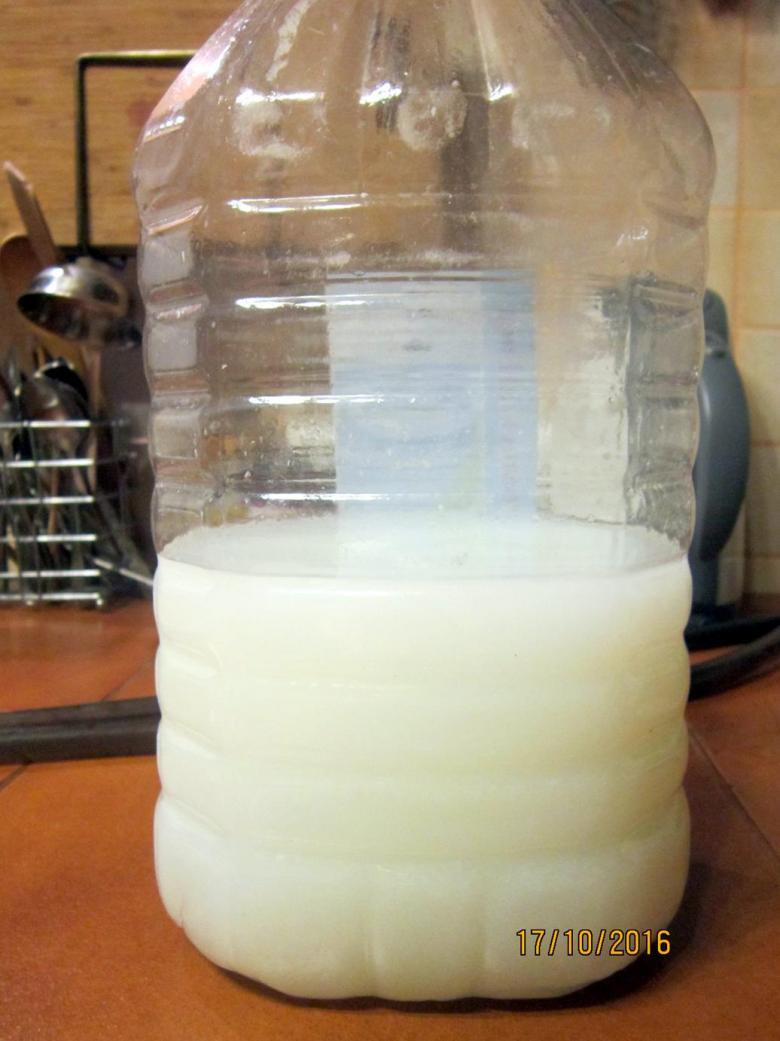
This method is called coagulation. Alcohol plants use separated proteins: casein and albumin, the rest of the milk is not used, so there is no cloudy color. But pasteurized, skim milk is allowed at home.
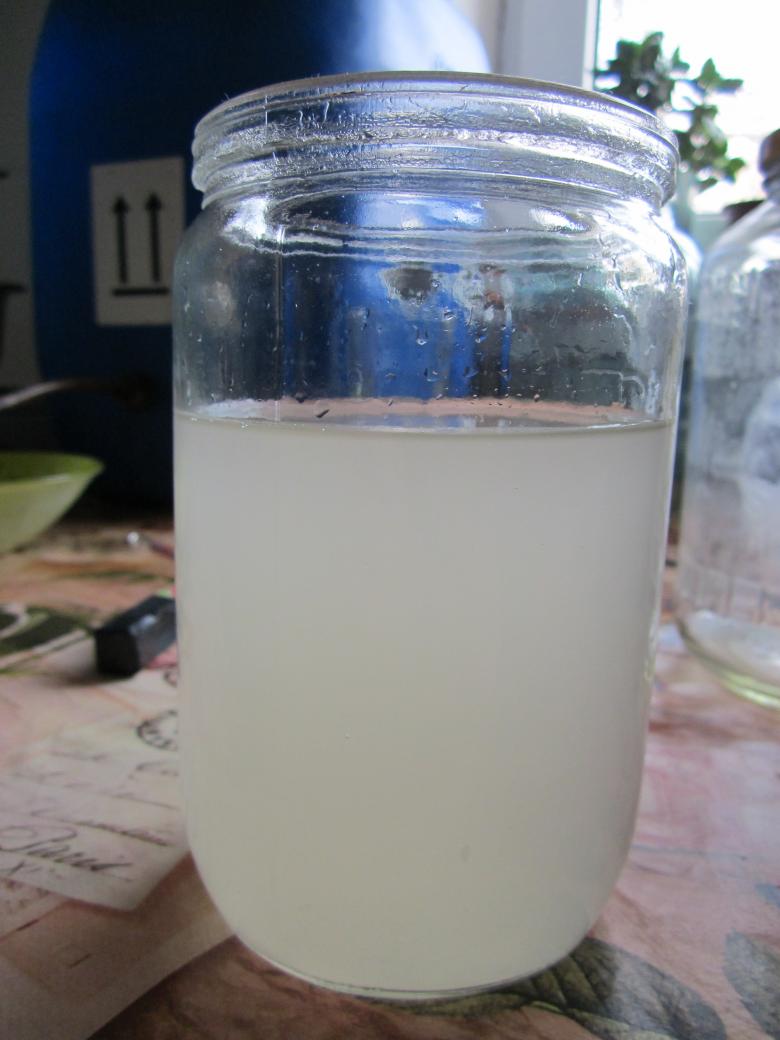
Since the times of Russia, this method has been widely demanded by the people. Modern distillers often use activated carbon or soda after purification to reduce the content of harmful derivative substances formed after filtration by these methods. It remains to consider how to purify moonshine with milk:
- To 10 liters of moonshine add 100 - 150 ml of pasteurized, skimmed liquid or dried milk. The strength of the distillate should not exceed 60 degrees;
- Almost immediately will begin a noticeable reaction. A white sediment will go to the bottom. The mixture is stirred and sent for 5-7 days in a dark place. Every day it is shaken, but the last 24 hours it is left alone;
- If you do not see the appearance of sediment, a little lemon juice or acid is added to increase the strength of the milk protein;
- After a week the moonshine is filtered through absorbent cotton, sometimes with the addition of activated carbon.
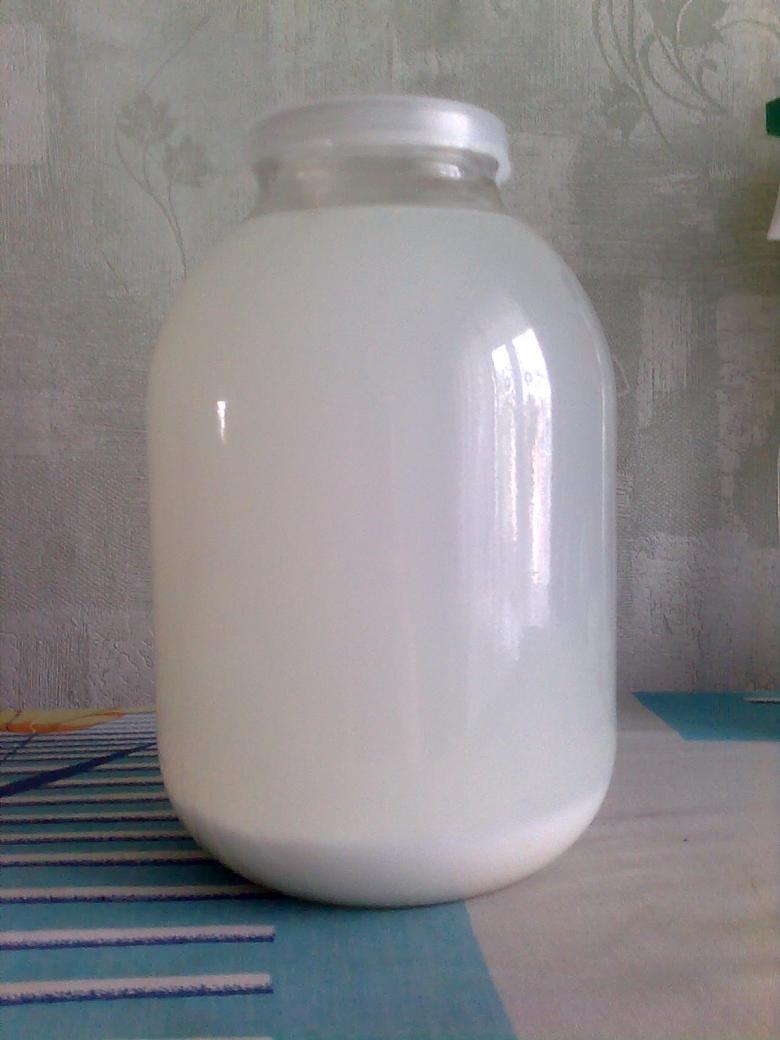
This is the end of the lactic method of cleaning moonshine. The drink has a pleasant odor and mild taste. This method is very popular. Shows the best results in combination with other methods of purification. Ecological purity sometimes makes this method the only one for some distillers. Although other versions also have a host of beneficial purification qualities.

